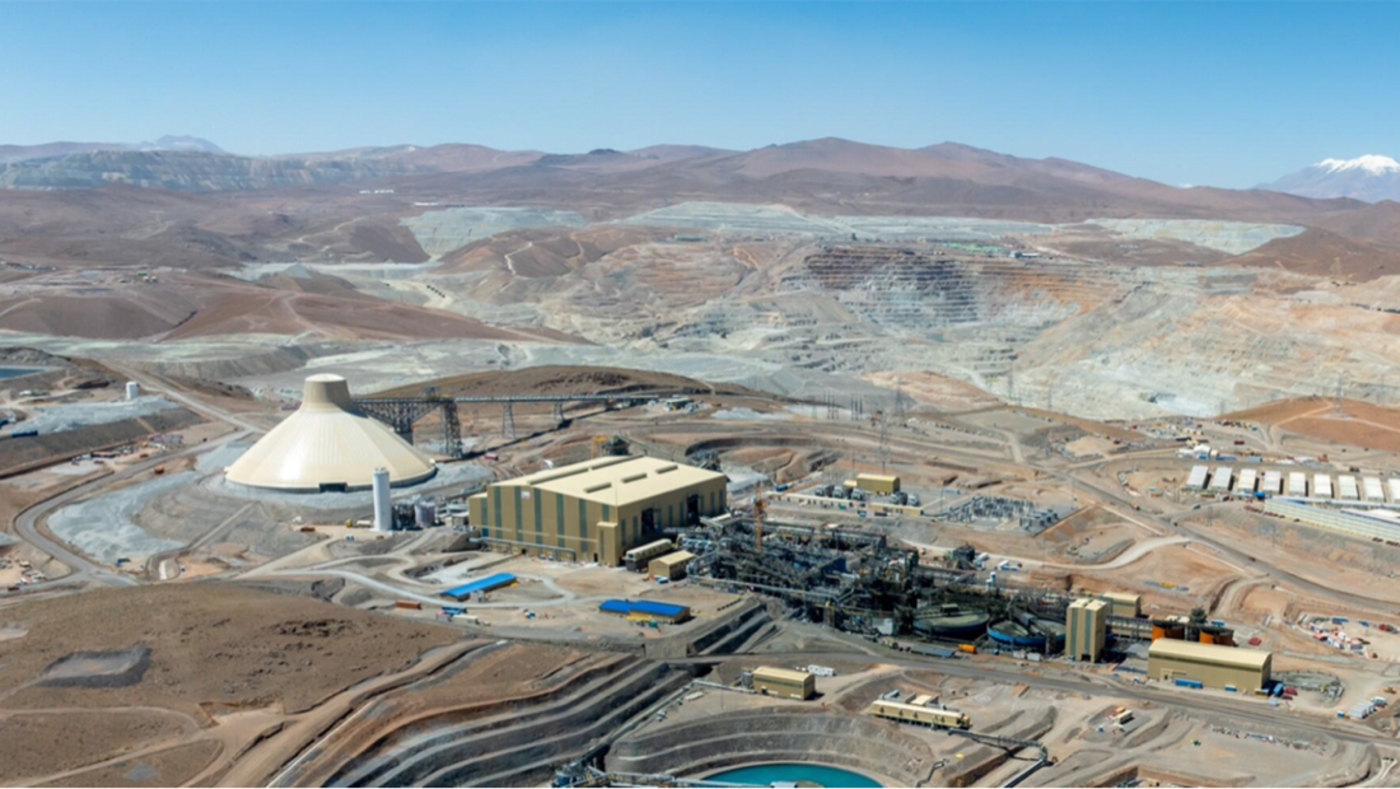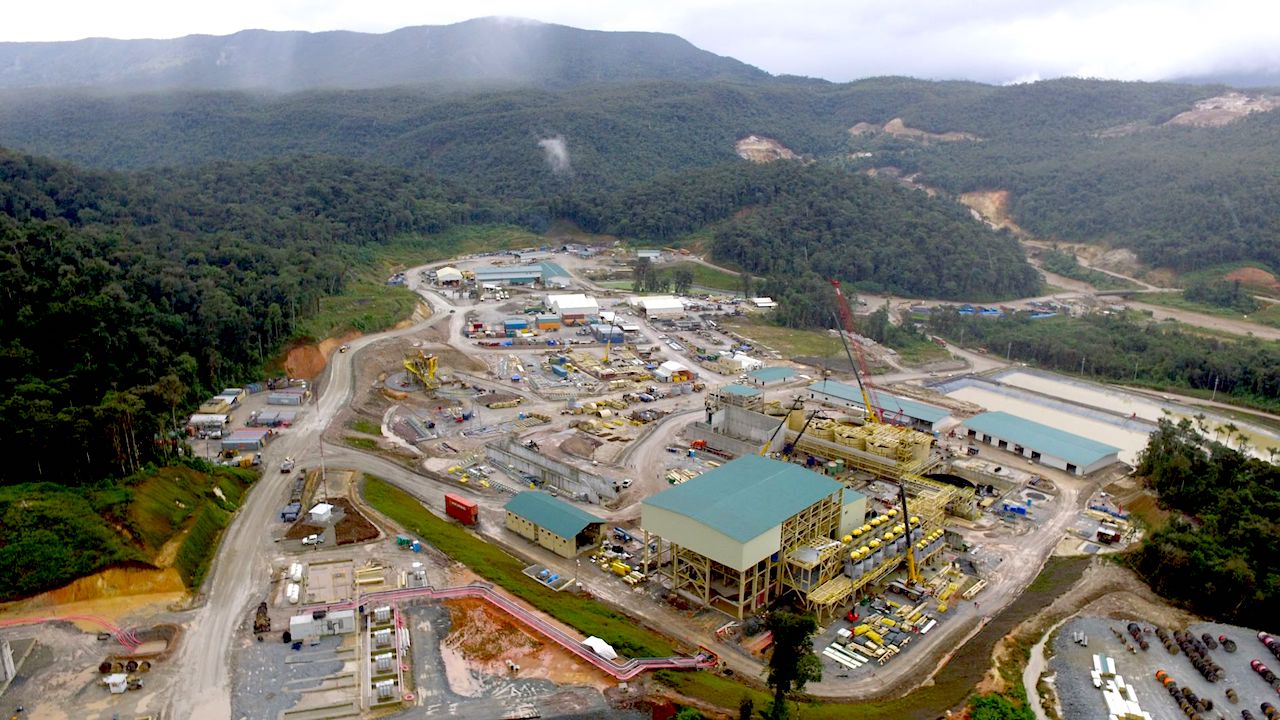Managing risk in a Plan Nord era
Change is a constant factor in the mining sector, and in the face of shifting global economic trends and calls for economic and social development of Quebec’s northern region, the province’s revised Plan Nord is likely to bring both risks and opportunities to this industry.
In April, the Quebec government unveiled its revised The Plan Nord toward 2035. In spite of a downturn in global commodity prices, the 2015-2020 Action Plan outlines a $1.3-billion investment in infrastructure and other projects over the next 5 years designed to attract $22-billion in private-sector investment.
In EY’s recent report entitled Business Risks Facing Mining and Metals 2015–2016, the top three global risks are the switch to growth, productivity improvements and access to capital. Leaders are asking tough questions about their organization’s readiness to manage these risks – and the risks unique to the Quebec sector in particular.
Infrastructure remains dominant risk factor in Quebec
Quebec’s unique geography means that access to infrastructure remains the prevailing risk for all players in this sector. Whereas infrastructure has dropped off EY’s list of overall global business risks for 2015-16, it’s still very much the priority challenge for this market. And it’s more than just access to roads and airports; rail, hydroelectric facilities, telecommunications and housing are among several infrastructure components that are critically important for mining operators in the remote landscape of Quebec’s northern-most areas.
Plan Nord acknowledges the essential role of improved access to the region, and addresses it in both broad and specific terms. It acknowledges that existing aging infrastructures will require major reconstruction work to extend their life and capacities. It also cites the need for an integrated effort to build new capacity. For example, the government is mapping out improvements to transportation infrastructure which include:
- improving the main highway corridors;
- maximizing St. Lawrence River traffic;
- developing new rail links, including one to the Labrador Trough, and;
- creating a new model for air travel that benefits not only industry-related air transportation but also tourism, services and surveying travel.
Beyond conventional infrastructure of transportation, energy and more, Plan Nord also addresses digital infrastructure which remains a challenge in this region. Among several actions, Plan Nord emphasizes the importance of improved internet speed and access, and a master plan for a northern fibre optic-based telecommunications network.
Key to understanding the Plan is recognizing that many of the strategies – for infrastructure and more — involve multiple ministries and jurisdictional plans, which include the Ministère des transports, the forthcoming 2016 Quebec Energy Policy, the James Bay Development Corporation, multiple aboriginal nations and several municipalities undertaking infrastructure projects of their own – to name just a few. What’s more, the plan explicitly states the need to offer support for communities in their efforts to adapt to change and benefit from development, and to continue supporting the Québec municipal infrastructure program (Programme d’infrastructures Québec-Municipalités).
Opportunities amidst commodity price corrections
While access to infrastructure remains the dominant risk factor in this region, it is by no means the only one shaping its future. It is impossible to discuss the Quebec mining sector without acknowledging the impact of the current global commodity struggle. Amidst consumption and growth corrections in the Chinese market – and volatility in its equity market and the devaluation of the Yuan – the global market is also experiencing oversupply even while production increases. One bright spot is that commodities remain relatively inexpensive compared to other assets and valuations remain low. For some companies, this may be an excellent growth opportunity. In such circumstances, a ‘buy’ decision requires a careful assessment of all the capital options.
With margins squeezed on all sides, the spotlight falls once again on the importance of productivity and cost management. Consolidating competitive advantage through productivity gains, acquiring assets and capabilities and driving innovation should be the key areas of boardroom focus, along with controlling costs and a rigorous capital strategy. These tools help manage business risks, and will equip enterprises in Quebec’s dynamic mining sector to ride out volatile market conditions and prepare to thrive amidst Plan Nord and the development it hopes to ignite.
Zahid Fazal is EY’s Quebec Mining & Metals Leader.





Comments